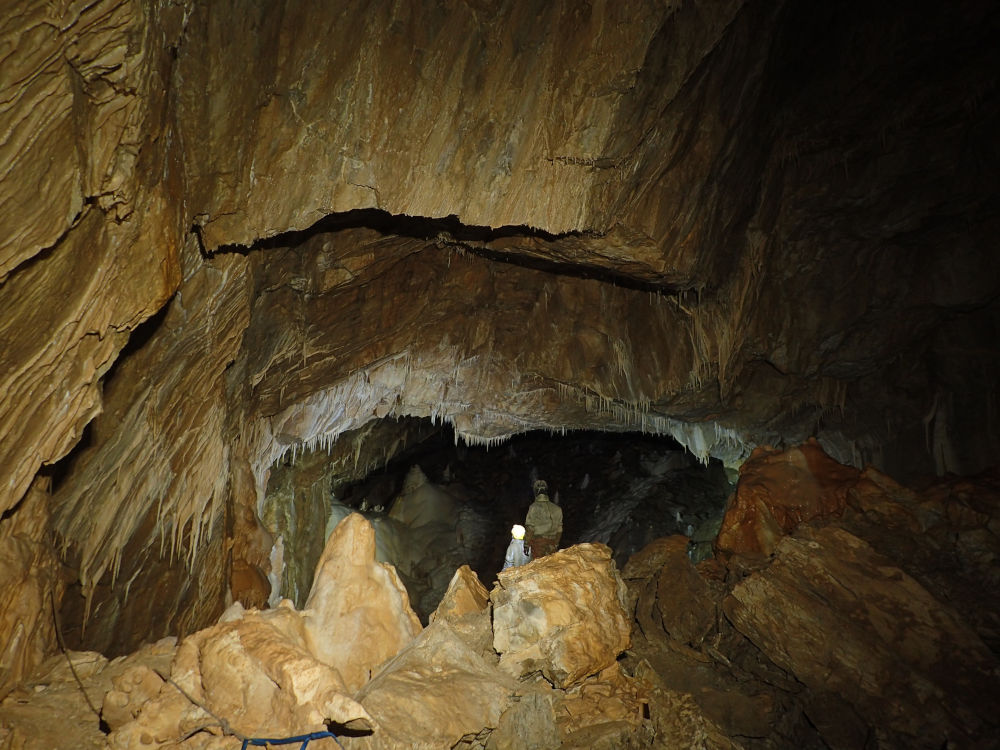Contrary to popular opinion about the inactive status of the Sudetes, the evolution of the Niedźwiedzia Cave in Kletno was controlled by alpine tectonic movements. Dr. Jacek Szczygieł, together with a team from the universities of Wrocław and Vienna, published in the journal Geomoprhology the results of detailed geological mapping and structural analysis of Niedźwiedzia Cave, provides new insights into proto-conduit formation in karstic drainage. The resulting data has been used to build a detailed 3D model of the marble lens hosting the cave, allowing us to define the primary structural guidance trends. It was noted that karst development was controlled by vertical faults, with a secondary role for foliation. Based on cave micromovements and other neotectonic indicators, as well as the relationship between structural discontinuities and topography, it was deduced that structural discontinuities became favorable for karst development under alpine stress conditions, with little or no influence of massif relaxation. The vertical, level-like pattern of Niedźwiedzia Cave was further controlled by the incising of the Kleśnica River.
The article has been published in open access. Geological 3D models are also available on the journal’s website
Szczygieł, J., Sobczyk, A., Maciejewski, M., Fernandez, O., 2022. Variscan vs. Alpine structural controls: Karstic proto-conduit development within Palaeozoic marble post-conditioned by Alpine faulting (the Niedźwiedzia Cave, NE Bohemian Massif). Geomorphology 415, 108423. https://doi.org/10.1016/j.geomorph.2022.108423






